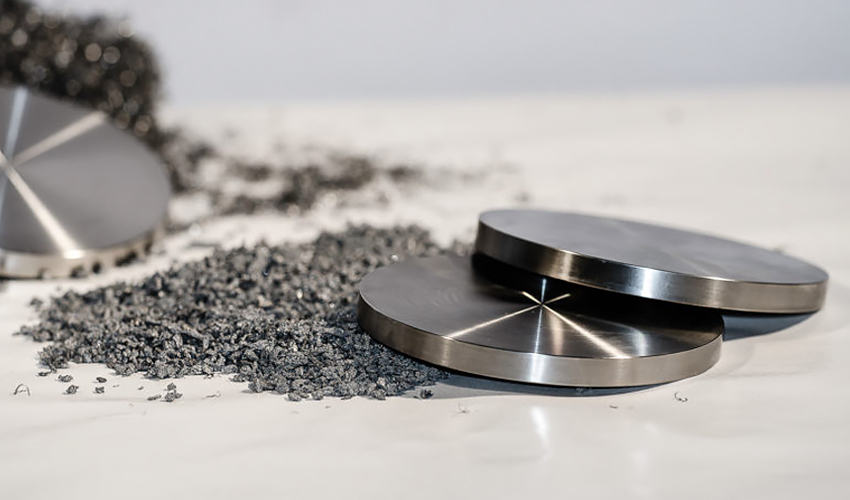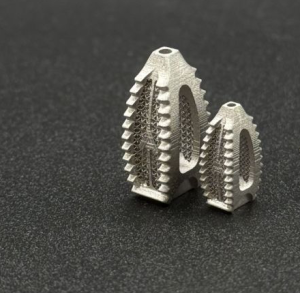Cobalt-chrome (CoCr) has long been trusted in demanding industries thanks to its unique combination of strength, corrosion resistance, and high-temperature performance. Today, with the rise of additive manufacturing (AM), this alloy is proving to be even more valuable—offering engineers and manufacturers a versatile material for producing complex, high-precision parts.

Image Credit: 3D Natives
Why Cobalt-Chrome Stands Out
CoCr is an alloy primarily composed of cobalt and chromium, often enhanced with elements like molybdenum, tungsten, or nickel. The result is a metal with exceptional durability, resistance to wear and corrosion, and the ability to maintain its structural integrity under elevated temperatures. These qualities make it particularly well-suited for critical applications where reliability is non-negotiable.
Another defining advantage is biocompatibility. Because it resists corrosion and remains stable in harsh environments, cobalt-chrome is widely used in medical and dental implants where interaction with the human body requires long-term stability.
Cobalt-Chrome in Additive Manufacturing
In powder form, CoCr can be processed across a wide range of AM platforms, including laser powder bed fusion (LPBF), electron beam melting (EBM), binder jetting, directed energy deposition (DED), and even metal injection molding (MIM). This cross-platform compatibility ensures manufacturers can choose the right production pathway while maintaining confidence in material performance.
That said, the alloy’s high melting temperature (1,200–1,400°C) demands precise control of process parameters and inert atmospheres like argon or nitrogen to avoid oxidation. Once printed, parts often undergo post-processing steps such as stress relief heat treatments, polishing, or surface finishing to achieve the exact performance and quality standards required.
Applications Across Industries
- Medical and Dental: From orthopedic implants to dental prosthetics, CoCr is a cornerstone material thanks to its biocompatibility and mechanical strength.
- Aerospace: Turbine blades, engine components, and other parts exposed to extreme conditions benefit from CoCr’s high hardness and stability.
- Industrial and Automotive: Wear-resistant parts and high-performance systems take advantage of the alloy’s durability and thermal stability.
Continuum’s Approach
At Continuum Powders, we produce high-performance cobalt-chrome powders through our advanced Melt-to-Powder (M2P) atomization process. By sourcing reclaimed metal feedstock and applying rigorous quality controls, we deliver powders that meet demanding customer specifications—engineered for the platform you run and the application you’re building.
Whether you’re qualifying powders for aerospace turbines, scaling up medical device production, or exploring new automotive applications, Continuum ensures you have a supply chain that’s not only reliable but also more sustainable.
Final Thoughts
Cobalt-chrome is more than just another alloy—it’s a proven performer that additive manufacturing is now unlocking in new ways. By combining its established strengths with the design freedom of AM, manufacturers can achieve high-precision, application-ready parts that keep pace with modern performance demands.
Interested in how Continuum’s cobalt-chrome powders can support your applications?